The American Kennel Club (AKC) recognises 205 dog breeds; this means the AKC has deemed these breeds eligible to show at AKC recognised dog shows.
Today we have seven main groups you can divide the 205 dog breeds into. They are:
- Herding Dog Group
- Hound Dog Group
- Toy Dog Group
- Non-sporting Dog Group
- Working Dog Group
- Terrier Dog Group
- Sporting Dog Group
These groups are determined by the original function the dog was bred for. We have a couple of them put together in subgroups.
That’s because there’s something that relates to these breeds somehow. It might be country of origin; it may be contexture, or maybe temperament.
Herding Dog Group
The herding group comprises breeds that move livestock from one point to another. It might be sheep; it might be cattle. Their main goal is to make sure they’re helping humans keep their livestock safe and keep them moving.
Originally herding breeds were part of the working dog group, and then in 1983, because there were so many dogs in the working group, they split off the herding breeds and formed the herding group.
There are 31 breeds in the herding group.
The subgroups in the herding group are:
- Herding Dogs
- Sheepdogs
- Cattledogs
Some popular herding dog breeds are:
- Australian Cattle Dog
- Bearded Collie
- Border Collie
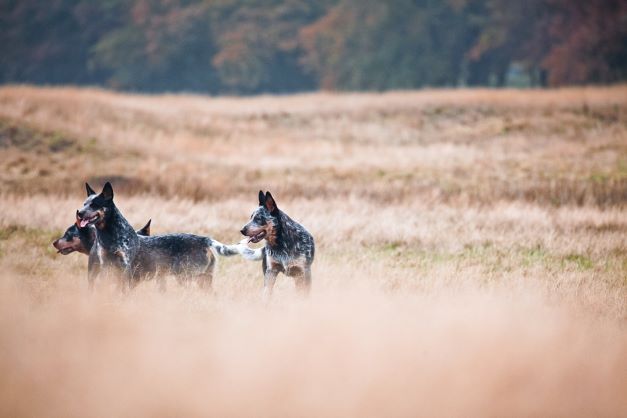
Hound Dog Group
The hound group is a very old group, and it’s one of the largest groups with 37 breeds.
The hound group was created for dogs used for hunting by both sight and scent. They were used to tree quarry or drive quarry to the hunter.
The subgroups in the Hound Dog Group are:
- Sighthounds
- Scenthounds
Some popular hound dog breeds are:
- Afghan Hound
- American Foxhound
- Basset Hound
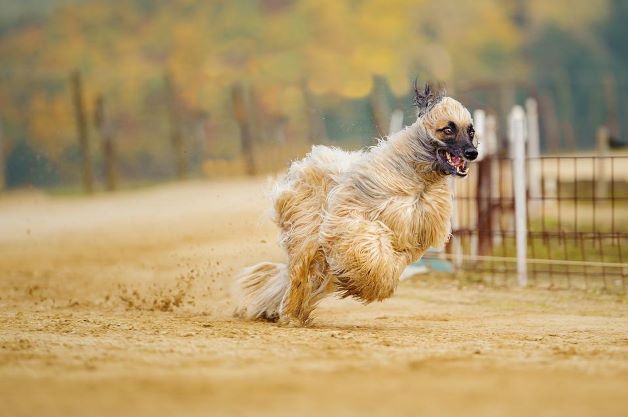
Toy Dog Group
The toy dog group originally started with just two breeds, the Italian Greyhound and the Toy Spaniel. In 1888, the AKC started recognising more breeds, forming the toy group.
The toy dog group is for dogs that were bred to be companions. They were bred to be lapdogs or small enough to carry in your purse.
There are 23 breeds in the toy dog group, and there are no subgroups.
Some popular toy dog breeds are:
- Cavalier King Charles Spaniel
- Chihuahua
- Pomeranian
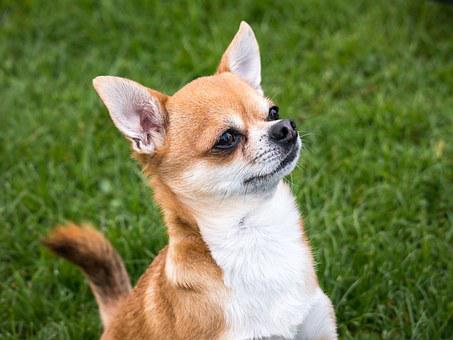
Non-sporting Dog Group
The non-sporting group is very diverse; it comprises breeds that don’t fit into any of the other groups.
So it includes dogs that were bred as companion dogs or dogs that don’t have a specific purpose.
There are 21 breeds in the non-sporting group, and there are no subgroups.
Some popular non-sporting dog breeds are:
- Bichon Frise
- Boston Terrier
- Bulldog
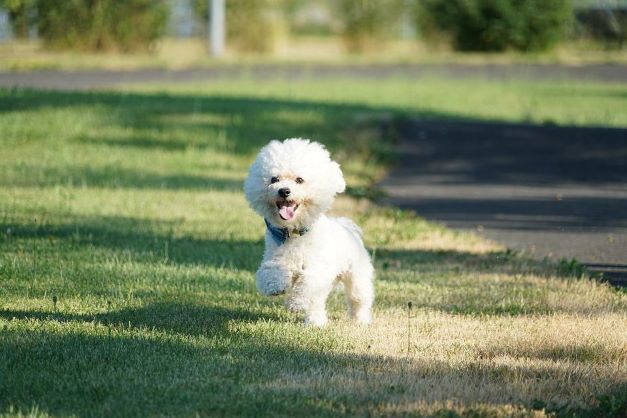
Working Dog Group
The working dog group comprises dogs that were bred to, well, work.
They were bred to pull sledges, herd reindeer, and be guard dogs or draft dogs. They have a lot of jobs, and they’re still used for those jobs today.
The working dog group is the second largest group with 28 breeds.
The subgroups in the working dog group are:
- Guardian Dogs
- Draft Dogs
- Water Dogs
Some popular working dog breeds are:
- Alaskan Malamute
- Newfoundland
- Saint Bernard
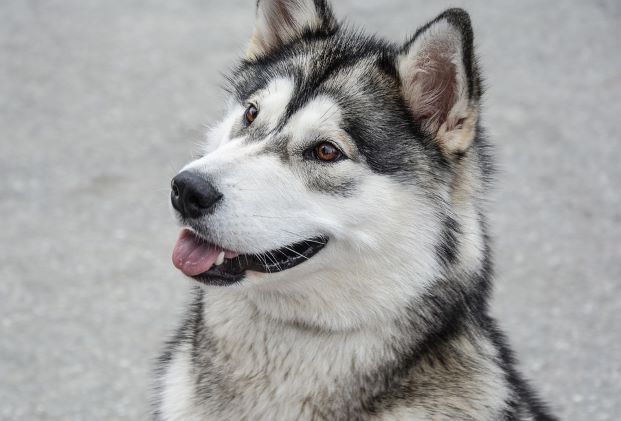
Terrier Dog Group
The terrier group is made up of dogs that were originally bred to hunt vermin. They were bred to go down into the ground after badgers, foxes, rats, and rabbits.
The terrier group is the second oldest group with 27 breeds.
There are no subgroups in the terrier group.
Some popular terrier dog breeds are:
- American Staffordshire Terrier
- Jack Russell Terrier
- Scottish Terrier
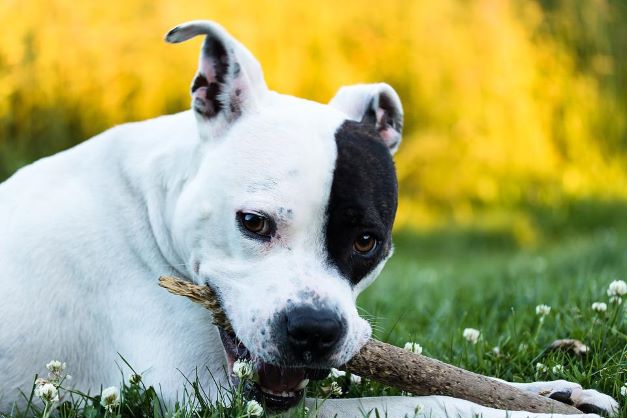
Sporting Dog Group
The sporting group is made up of dogs that were originally bred for hunting with birds. They were used for flushing out the game; they were used to retrieve the game.
The sporting group is the oldest group with 26 breeds.
The subgroups in the sporting dog group are:
- Pointers
- Setters
- Retrievers
Some popular sporting dog breeds are:
- Labrador Retriever
- Golden Retriever
- Chesapeake Bay Retriever
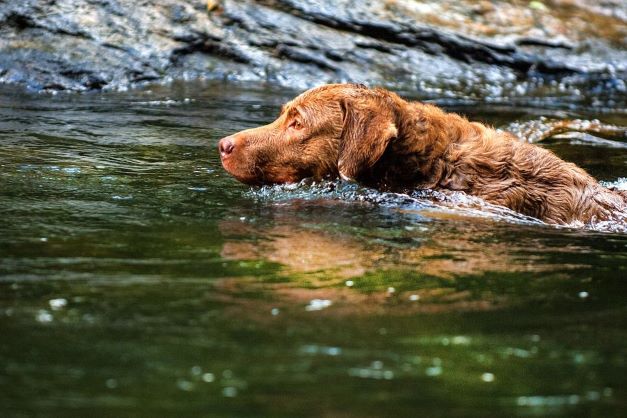
There you have it, a complete list of all the dog breed groups and names! Thanks for reading! Hopefully, this has helped you better understand the different types of dogs that exist and where they fit into the world of canine companionship.
